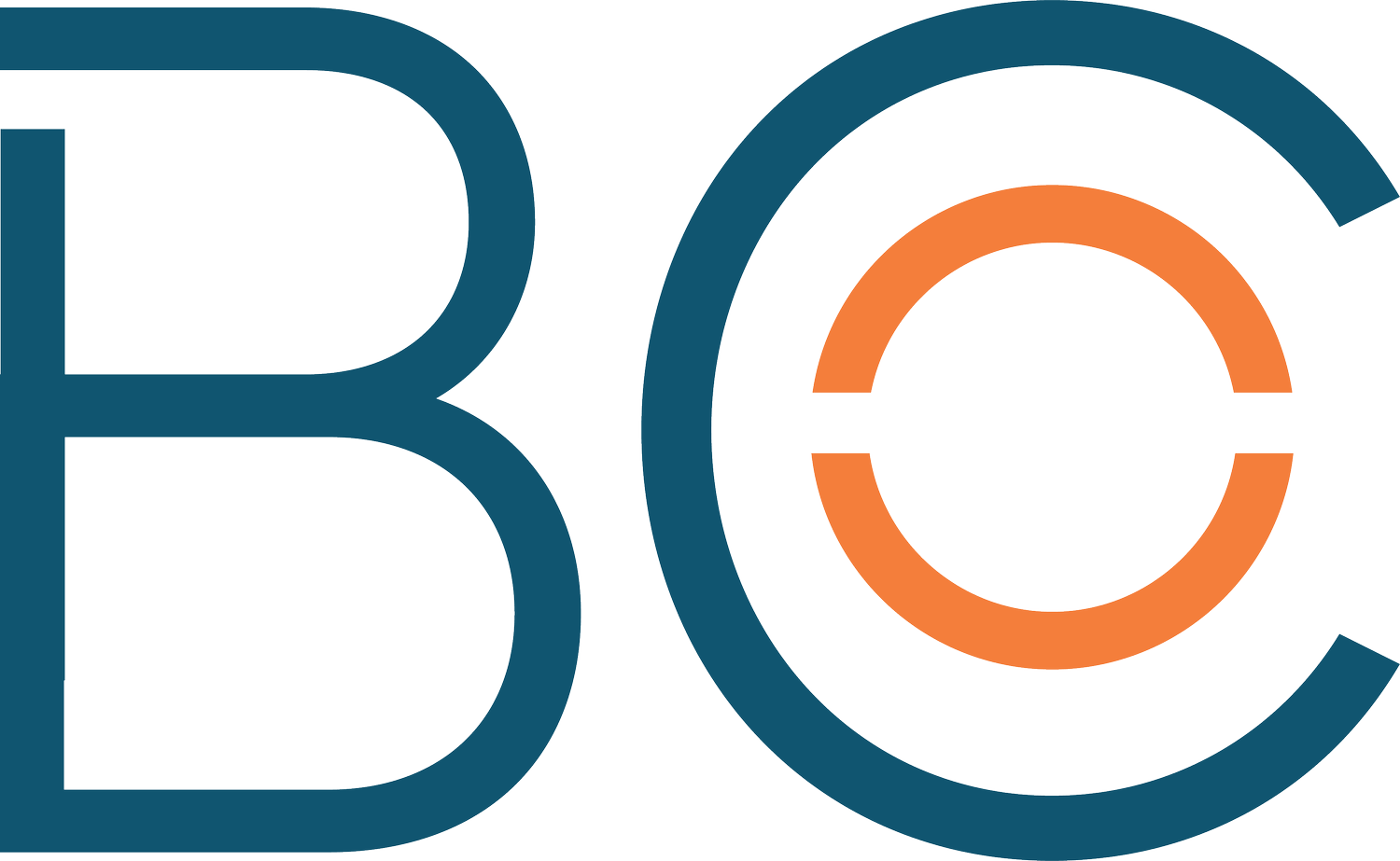Consistent Brand Representation
Your brand visuals are the face of your business. It’s a unique blend of imagery, color palettes, fonts and tone that make your company stand out from the rest. Discovering and identifying your brand is no easy feat. As your company expands, your future self will thank you for taking the time to thoughtfully develop your identity materials at the outset.
If you’ve grown your business to the point of hiring a team to handle your marketing, congratulations! You’re on the right track. However, it’s important to safeguard your brand visuals with a few simple tools. That way, you’re empowering your team to market your company in a way that is consistent with the brand you’ve built.
As your company grows, your brand visuals can turn into the equivalent of a game of telephone. Without a solid Brand Guidelines Document, “Three blind mice ate jelly toast,” could easily turn into “The tiny mouse liked peanut butter most.” It’s funny during a game, but imagine if something like this happened with your company’s social or email content. You can prevent this by building a suite of reference materials and templates.
Think of your Brand Guidelines Document as an overview of the elements that make up your company’s visual identity. You should highlight important design principles such as a primary color palette, locked in logos, and your company’s tone of voice. This document will establish standards on how your company is presented to the public. When made correctly, the document itself should visually represent your brand.
Does your brand communicate in a playful manner or a more serious one? Do you want your brand visuals to come across as simple and modern or colorful and vintage? How will logos be displayed on packaging and in photoshoots? Your Brand Guidelines Document should answer these questions.
When designing buildings, architects know that large constructions require solid, heavy duty foundations that can withstand the test of time. If you have big goals for your company’s growth, then it’s imperative that you invest time into your Brand Guidelines Document. In the long run, you’ll save time, effort and money if this document is easily accessible for anyone in your corner who needs them. You’ll also avoid lost opportunities due to starting from scratch every time rounds of revisions needed. These reference materials will ensure that your brand is being promoted with a consistent image and tone to the public. Ultimately, you’re providing opportunities for others to join your team and create marketing campaigns within the parameters listed in the document.
You should also supply your team with additional assets that show them how to execute the standards outlined in the Brand Guidelines Document. Here is an outline of the three assets that will be most valuable to your team.
1) Business Templates
Google docs, MS Office Suite templates, Signature File for email footer – the full sha-bang.
+ Make sure these presentations all look the same.
+ The spreadsheets all produce consistently formatted bar charts and line graphs.
+ The chosen fonts and colors are consistent – safeguard against that person who tries to dip into a little Comic Sans for the name in their signature file (we see you, Karen).
2) Digital Asset Library of Key Visuals
+ Iconography – a suite of icons that are created with a look/feel consistent with your brand.
+ Logo usage – horizontal and vertical lockups.
+ Key photos – a bank of photos that can be used in multiple executions to communicate a clear visual across multiple touchpoints – sales decks, Instagram.
+ Standard Ad Templates – a few ads, predeveloped to speak to each of your verticals that can be grabbed and easily adapted if necessary.
3) Copy Library
+ Headlines and Subheaders – a sales rep has an opportunity to place a co-op ad. What is your standard message that will be consistent and useful in any situation?
+ Typography– considerations for Headlines and Body Copy.
+ Voice – the classic “What we are” and “What we are not."
When developing your key visuals and templates - keep it bold, clean and simple. This not only allows everyone to recognize your brand visually throughout multiple consumer touchpoints, but also promotes a consistent dissemination by all of its end users. Without it, you could have a sales rep get all “creative” and end up presenting a PowerPoint deck that’s more appropriate for a K-Pop band rather than a high-end, boutique skincare line.
By providing the team you’ve hired with these tools, you’re giving them a safety net. Therefore, you’ll be able to loosen the reins and have confidence that they are effectively communicating on behalf of your brand.
Check out these examples of companies who excel at consistent brand representation. We're betting you're familiar with all three of them!

